
Colourful Peperomia Happy Bean 1525cm Potted Plant for Home or
This epiphytic plant is commonly referred to as happy bean or pincushion peperomia. Enthusiasts of the plant love it for its whorled kind of pea-pod green leaves that fit in cramped spaces and purify the air. The plant thrives in a range of light conditions, making it suitable for poorly lit indoor areas. Peperomia Ferreyrae Overview

1 x Peperomia Happy Bean Evergreen SemiSucculent Potted Plant 15
Peperomia ferreyrae is commonly known as the happy bean or pincushion peperomia from the large plant genus - Peperomia. Description Native to South America dwelling in rain forests, the happy bean, is a perennial epiphyte semi-succulent plant species that differ very much in its appearance from many other peperomia species.

Peperomia Ferreyrae Happy Bean live succulent plant Etsy
Houseplants to discover - Pincushion Peperomia or Happy Bean Peperomia ferreyrae What a curious plant! The numerous thick but narrow thick leaves of this small plant are apple green, curved and pointed, looking a lot like green beans, as the name Happy Bean suggests.
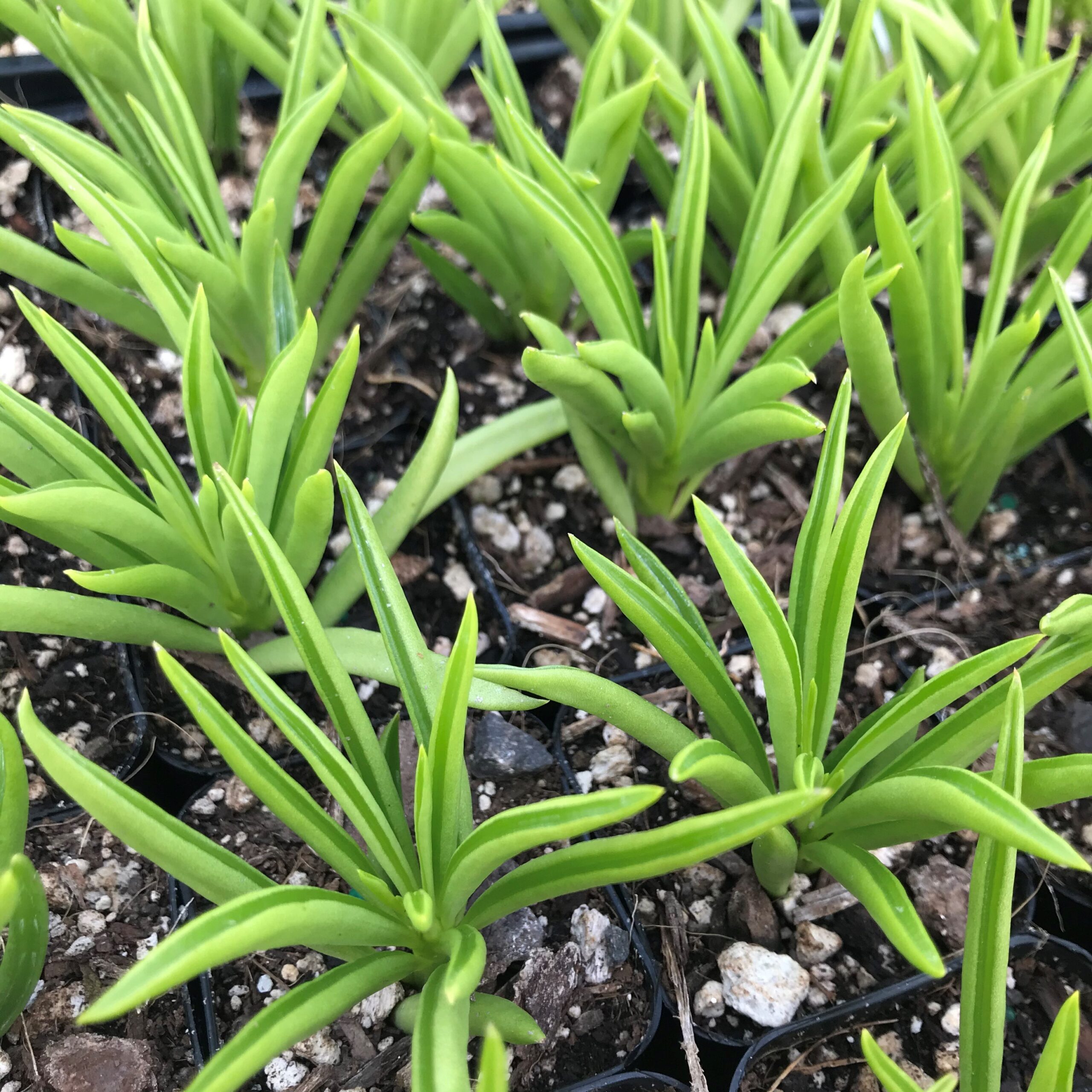
Peperomia ferreyrae 'Happy Bean' Pincushion Peperomia (2" Pot
Plant family: Piperaceae Plant genus: Peperomia Scientific name: Peperomia ferreyrae Common name: Happy bean plant, pincushion plant, green bean plant Native climate: South America Size: Small, shrub-like, slow-growing, reaching up to 12 inches Light requirements: West-facing or East-facing window. Bright, indirect light (4-6 hours daily).

Buy peperomia Peperomia ferreyrae 'Happy Bean'
Les nombreuses feuilles étroites et succulentes de cette petite plante sont vert tendre, courbées et pointues, rappelant un haricot vert. La rayure foncée sur le dessus de la feuille est en fait une fenêtre translucide : la plante fait sa photosynthèse par l'intérieur de la feuille plutôt que par le dessus comme les autres plantes et la lumière.

1 x Peperomia Happy Bean Evergreen SemiSucculent Potted Plant 15
Happy Bean - Pincushion Peperomia - Peperomia ferreyrae | Proven Winners Happy Bean Pincushion Peperomia Peperomia ferreyrae (2) 5 4 2 3 2 1 See all reviews Exposure Part Sun to Sun Flower Season Summer Mature Size 8" 10" Height: 6" - 8" Spread: 8" - 10" Plant is not sold online. Please try a local retailer. Details Features Succulent Heat Tolerant

Peperomia 'Happy Bean’ (6cm pot) grow urban.
Scientific Name: Peperomia Ferreyrae Common Name: Pincushion Peperomia, Happy Bean Plant, Green Bean Peperomia Taking care of your Peperomia Ferreyrae plant shouldn't be hard work but a hardened green thumb can help with these plants as they are notoriously difficult plants to water. To care for your Peperomia you should ensure bright indirect light, and wait until the soil is dry before.
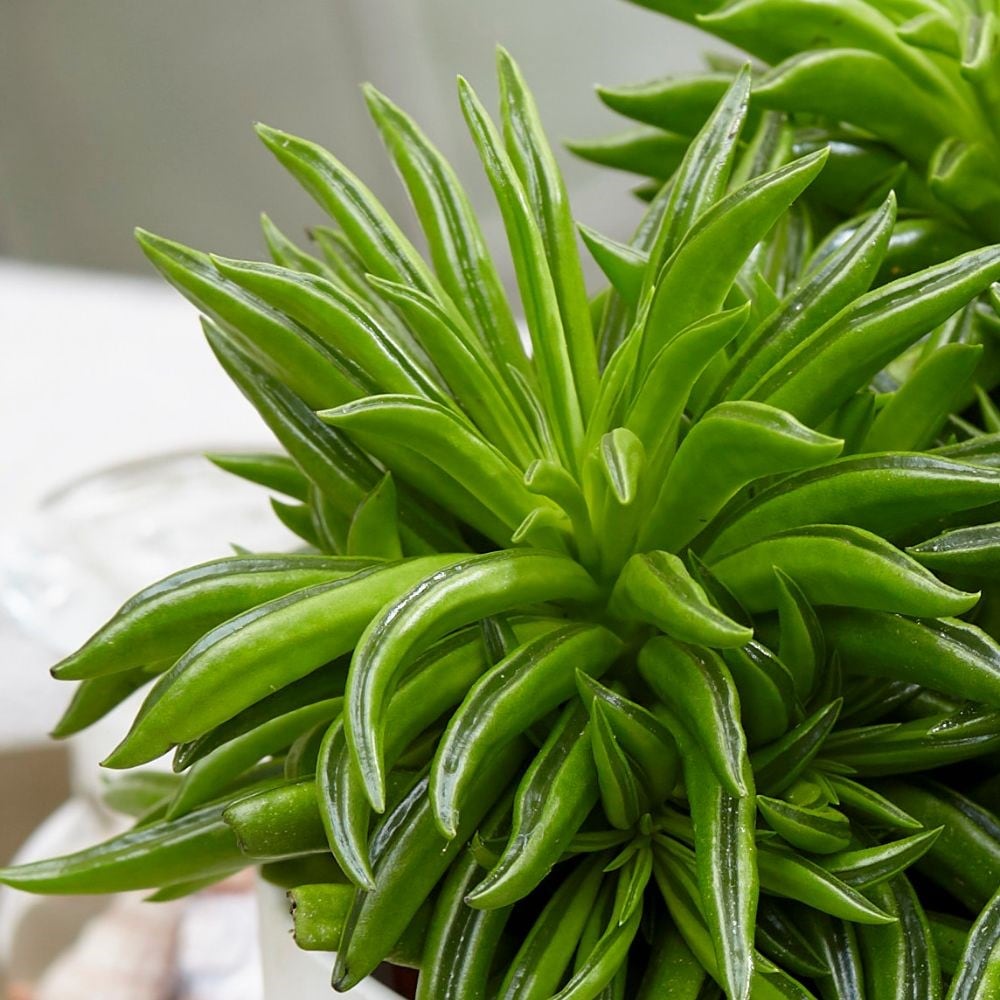
Buy peperomia Peperomia Happy Bean £11.99 Delivery by Crocus
Also called the happy bean, green bean, or pincushion Peperomia, the ferreyrae has a small profile like other plants in its semi-succulent family. Even following the care tips below, it will only grow up to 12 inches (30 cm) tall and around 8 inches (20-25 cm) wide. Light Requirements

‘Peperomia (Happy Bean) 5 Inch Islington Nurseries Garden Centre
Peperomia Happy Bean Peperomia Hope Peperomia Obtusifolia Variegated Peperomia Piper Peperomia Pixie Lime Peperomia Quito Peperomia Rosso Peperomia Ruby Glow Peperomia Schumi Red Peperomia Watermelon String of Turtles Trailing Jade Common Issues for your Peperomia Common Issue Why are the leaves on my Peperomia limp and drooping? Common Issue

Pepermomia Happy Bean Succulent Houseplant for Sale Free UK Delivery
Peperomia ferreyrae. happy bean plant. A succulent, evergreen perennial to 30cm tall, forming rosettes of glossy, bean-shaped leaves with a translucent window along the upper surface. Other common names pincushion peperomia. Synonyms Peperomia Happy Bean. Join the RHS today and save 25%. Join now.
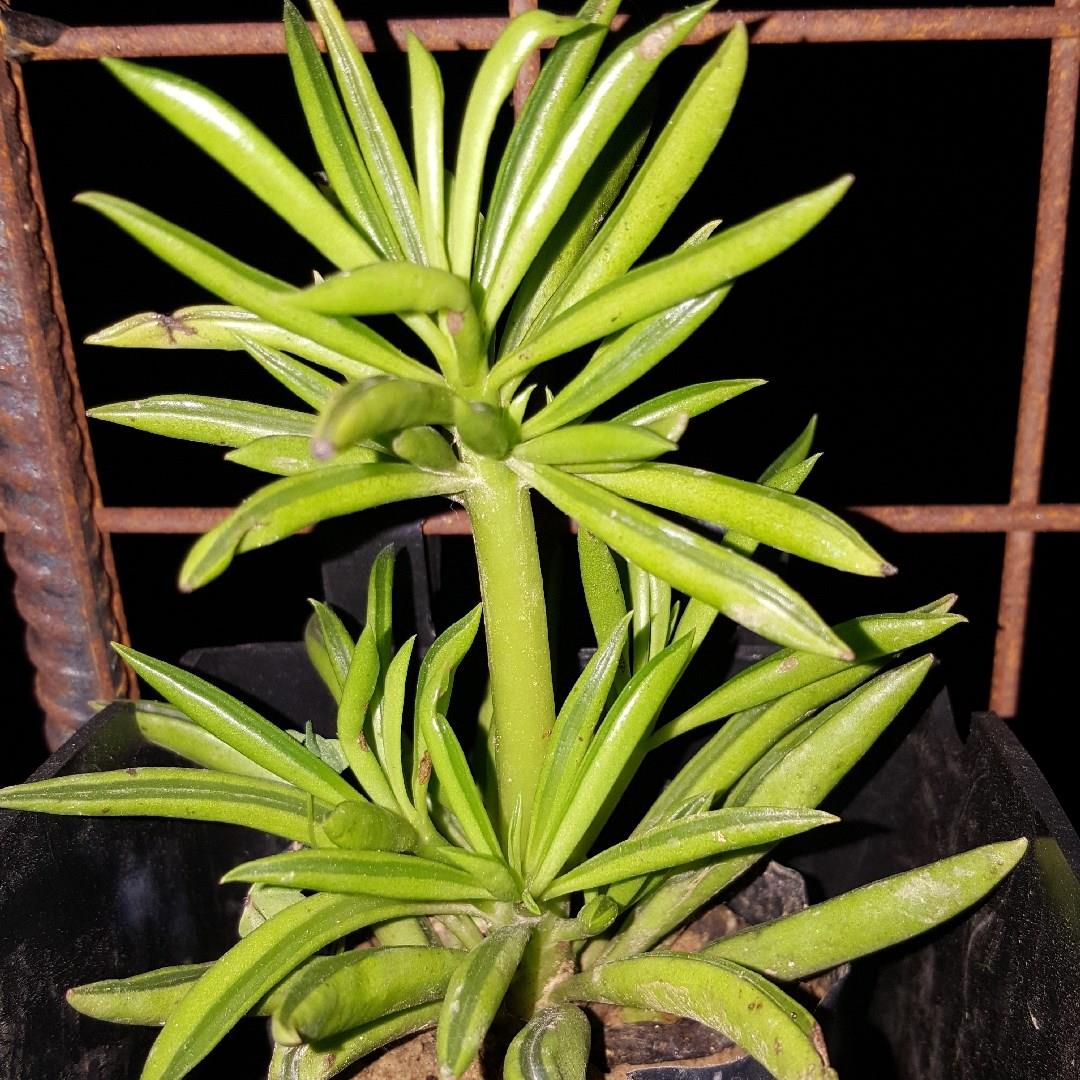
Peperomia Ferreyrae, Happy Bean in GardenTags plant encyclopedia
Happy Bean Succulent on a Pot Roots: Happy Bean Succulent, typically has shallow, fibrous roots. Stem: The stems are slender, upright, and somewhat fleshy, bearing clusters of bean-shaped leaves along their lengths. Leaves: The leaves of Peperomia ferreyrae are the standout feature.
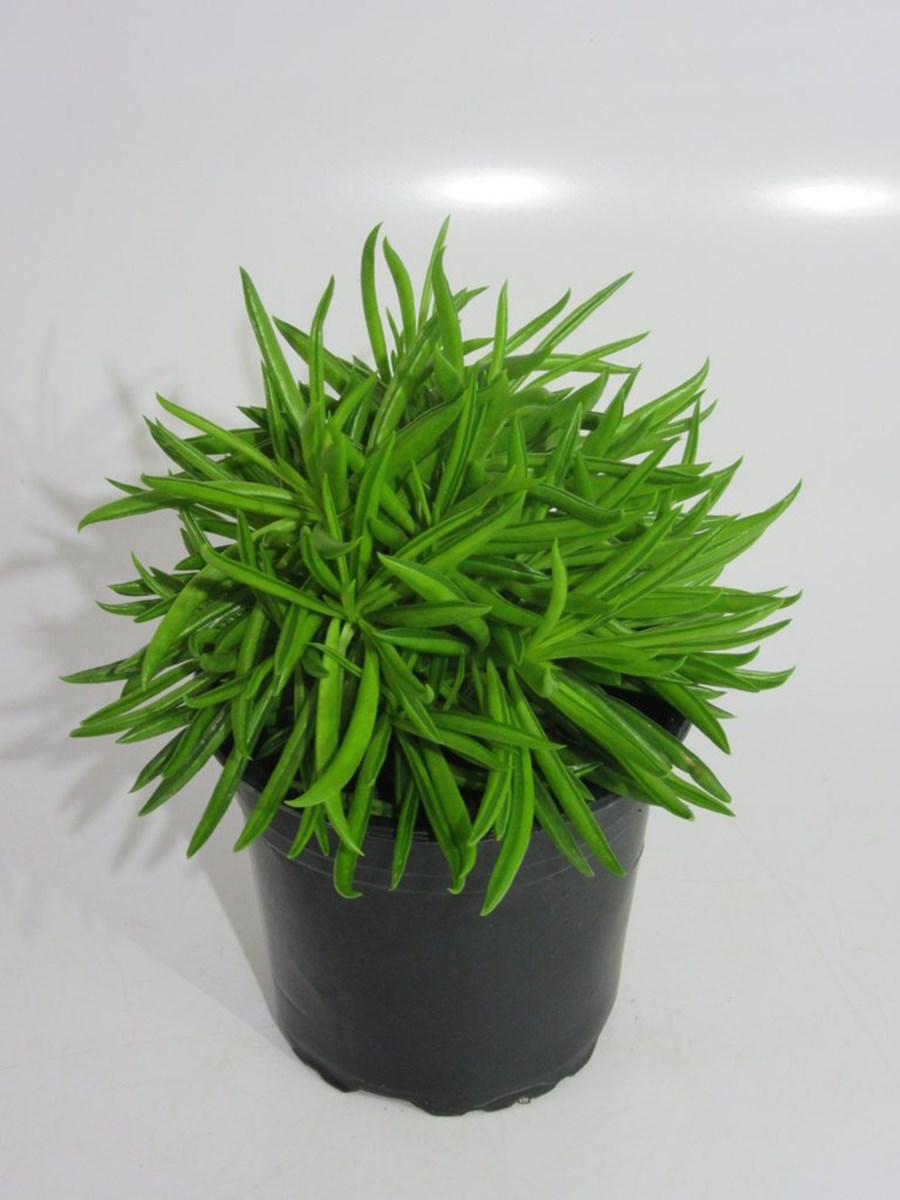
Tuberflora Nursery Peperomia ferreyrae 'Happy Bean'
Peperomia Ferreyrae is a gorgeous must-have plant if you are looking for a succulent-like hassle-free plant. Let us summarize the essential care guidelines once more. Peperomia Ferreyrae or the Happy Bean Peperomia is a perennial, tropical semi-succulent native to Peru. It prefers bright, indirect light with warm and humid weather conditions.

Peperomia Succulents Unlimited BV
The Happy Bean or peperomia ferreyrae plant is a beautiful and unique houseplant native to South America. It gets its name from its bean-shaped leaves that are a vibrant green color. The Happy Bean is a fast-growing plant that can reach up to 2 feet.

Peperomia 'Happy Bean' 15 cm Kwiaty doniczkowe w atrakcyjnej cenie
Other Names: Happy Bean, Pincushion Peperomia. Sunlight: Bright light, little or no direct sun. Watering: Minimum water use. Temperature: 18°C to 24°C. Growth Season: Spring/Summer. Propagation: Easily propagated from cuttings Height: 30cm when fully mature. Width: 20cm to 25cm (mature). Toxicity: Non-toxic to cats and dogs.

Pincushion Peperomia Happy Bean (peperomia ferryrae) "Pincushion
What is Happy Bean Plant? shutterstock/Sharaf Maksumov Happy Bean Plant is a perennial semi-succulent that is native to Peru and belongs to the Piperaceae family. The plant earned its common name due to its unique bean-shaped foliage, which is glossy on the upper surface and paler on the underside.
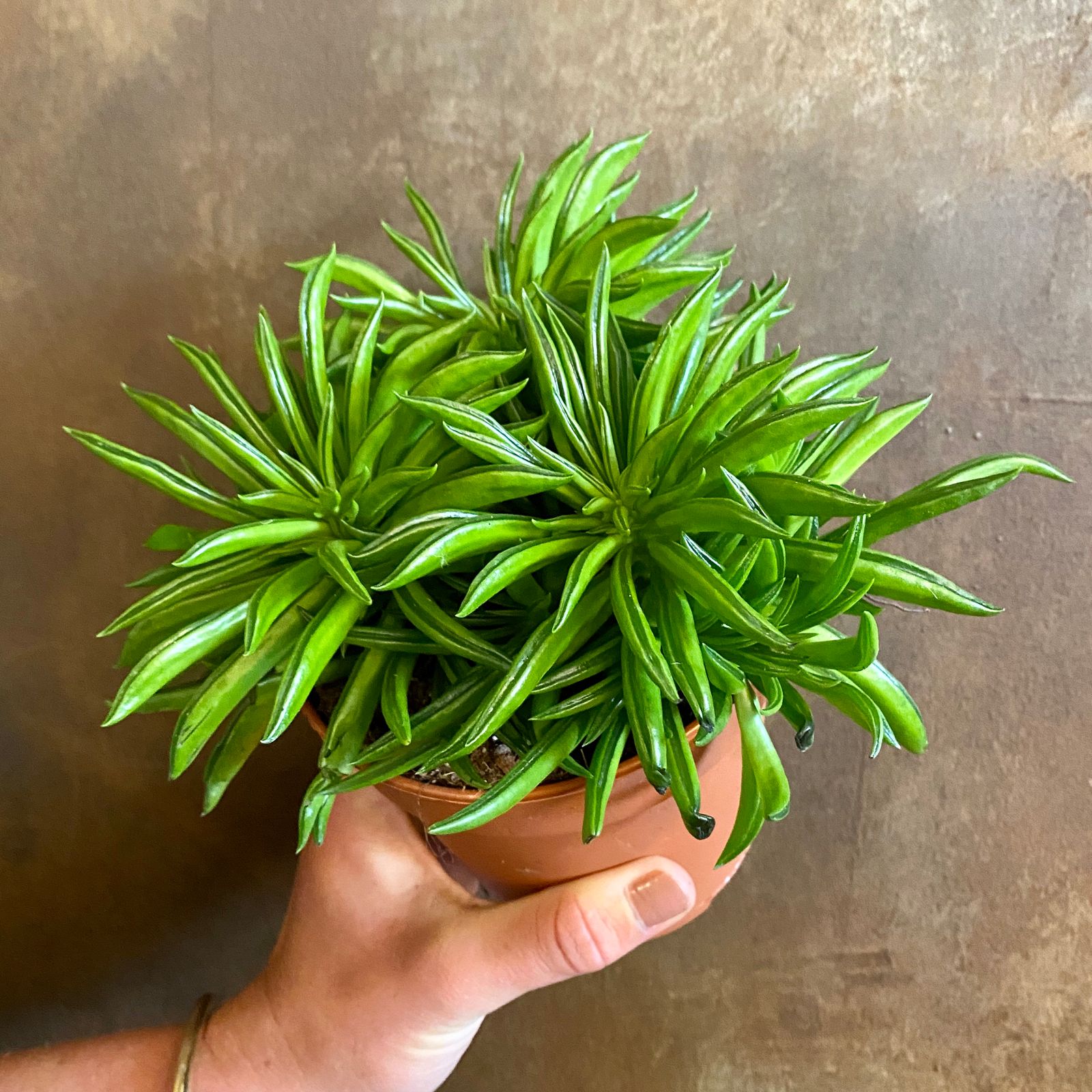
Peperomia 'Happy Bean’ grow urban.
Peperomia ferreyrae (Happy Bean plant) belongs to the Pepper family. Florists also call her Lucky Beans. Refers to succulent epiphytes. In nature, peperomia can also be lithophyte, that is, it grows in crevices of rocks. This plant has unusual leaves of a light green color, they seem to be folded in half and look like a young pea pod.